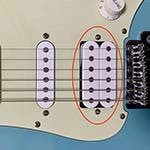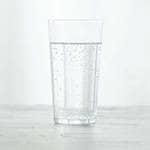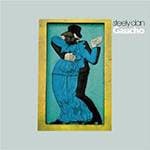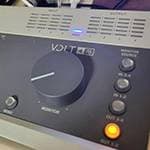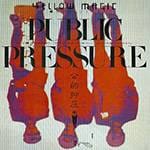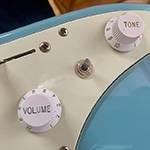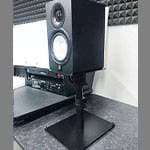Until now, I’ve been reporting on Maestro Toots Thielemans from the world of Harmonicas.
This time, we’re shifting gears to explore another kind of harmonica—the melodica (keyboard harmonica).
Back in our elementary school days,we were required to buy a melodica for music class. I believe it was assigned by the school, which explains why everyone had the same one. I remember that the instrument had holes for the C major scale—"do-re-mi-fa-sol-la-ti-do"—spanning, I think, about an octave and a half. I’m pretty sure it wasn’t a full two octaves.
In first grade music class, our homeroom teacher was the one in charge. We would all perform simple songs without sharps or flats, such as “Twinkle, Twinkle, Little Star”. During that time, the teacher would accompany us on a foot-pumped organ placed beside the blackboard.
When I saw students from other schools performing at ensemble competitions, I noticed that they were playing keyboard harmonicas. Unlike our harmonicas, these looked somewhat stylish, with actual keys. Next to the keyboard was a mouthpiece, which the player would blow into while pressing the keys to produce sound. With my harmonica, I had to move my hands left and right while blowing air, but the keyboard harmonica produced sound simply by pressing the keys. I couldn’t quite explain it, but my childlike heart just knew—I wanted to play that instrument instead.
There may not be a huge difference in tone, but from an educational standpoint, the keyboard, with its sharps and flats, is likely superior, as it provides a more visual understanding of musical scales. The only downside is probably that keyboard harmonicas are more expensive than regular harmonicas.
The Keyboard Harmonica Is Surprisingly Difficult!
When I eventually got my hands on a keyboard harmonica, I thought to myself, “This instrument is so much harder than I thought!” The timing between blowing air and pressing the keys is tricky, and when playing fast passages, the notes often don’t come out cleanly. It’s especially difficult when playing chords. Since they require even more breath, I often run out of air before completing the solo the way I had imagined. Despite its appearance, this instrument comes with more hurdles than one might expect.
When playing keyboard harmonica in a band setting, since it doesn't have a built-in pickup mic, you have to play it into a vocal microphone. However, it’s harder to capture its sound than a vocal, and it tends to get drowned out by electric guitars or bass.
Suzuki Instruments does sell melodions with built-in pickups, but since I don’t always need keyboard harmonica solos, I’ve held off on buying one (laughs).
Keyboard Harmonica Virtuoso! Pianist Febian Reza Pane
There’s a pianist who plays the difficult keyboard harmonica as if he were singing. His name is Febian Reza Pane. Pane is primarily an acoustic pianist by profession. His delicate touch ranks among the best in Japan, making him a sought-after pianist in the bossa nova scene, especially in collaborations with artists like Lisa Ono. He also performs on albums by one of my favorite bossa nova singers, Yoshirō Nakamura. As a pianist, he’s already incredible, but when it comes to his keyboard harmonica playing, words fail to capture how amazing he truly is.
I’ve had the chance to hear Febian Reza Pane play live during one of Nakamura’s concerts, and I was left utterly speechless by his performance.
■ Recommended Album: Yoshirō Nakamura “Esquina” (1991)
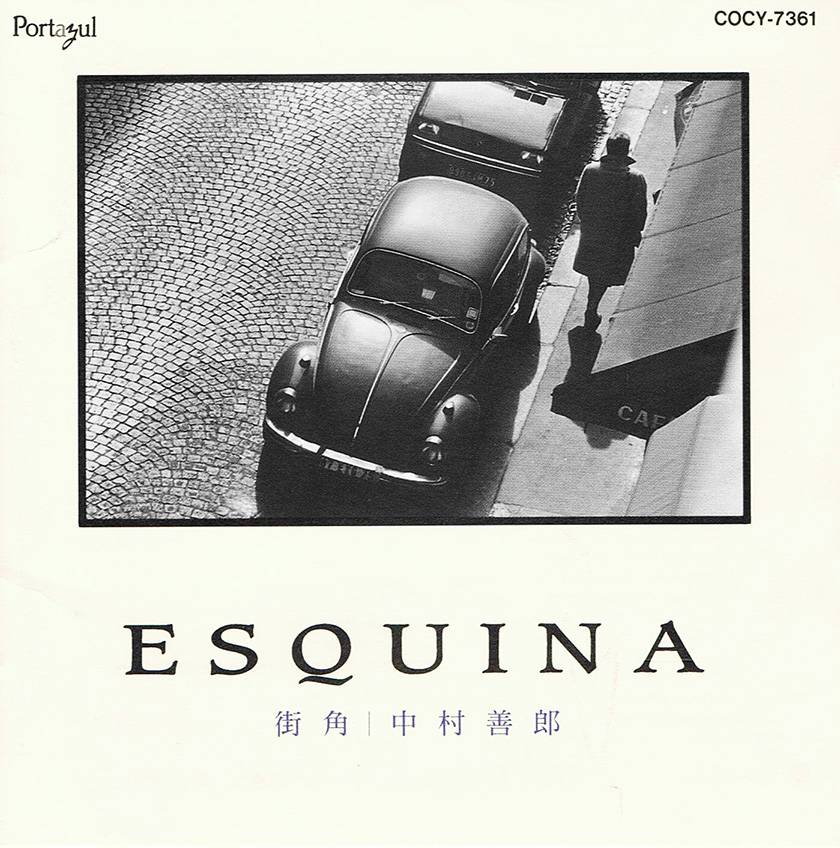
This is the second album by Yoshirō Nakamura that was released in 1991. While bossa nova is originally a Brazilian genre, what sets this album apart is its subtle European touch woven into the sound.
On this album, Febian Reza Pane not only plays acoustic piano but he also delivers a stunning performance on the keyboard harmonica.
Recommended Track: “Haru”
A masterpiece by Yoshirō Nakamura that evokes the arrival of spring. Starting with guitar backing and percussion in the intro, the simple melody is sung as a duet by Yoshirō Nakamura and Kazuko Hashimoto.
In the middle section, Febian Reza Pane’s keyboard harmonica takes over the melody. Its expressiveness is as rich as scat singing—if not more so—which comes as a total surprise.
In the latter part, you can hear a full solo on the keyboard harmonica. It is undeniably the highlight of the track.
Whether the solo was improvised or written out is unclear without asking the artist himself, but the dynamic contour of the melodic line and the instrument's tonal richness go far beyond the conventional boundaries of the keyboard harmonica.
Recommended Track: "Machikado (Esquina)"
Yoshirou Nakamura’s compositions are, of course, rooted in bossa nova, but his musical range is wide and varied, as evidenced by his release of a conceptual soundtrack album titled Cinema Italiano.
This track conveys a different mood from the Brazilian musical sentiment of saudade. It starts with the noise of a bustling crowd, followed by acoustic guitar backing. The melody is played by the melodica. It’s a beautiful and poignant piece.Playing such an expressive melody on the melodica requires great technique, but Febian Reza Pane’s performance leaves no room for doubt. His melodica beautifully paints a vivid picture of people passing by on the cobblestone streets of a European town at dusk.
Musicians, Albums, and Recommended Tracks Covered This Time
- Artists: Fabian Reza Pane, Yoshirou Nakamura, Kazuko Hashimoto
- Album: Esquina (Machikado)
- Recommended Tracks: "Haru", "Machikado (Esquina)"
The “sound & person” column is made up of contributions from you.
For details about contributing, click here.






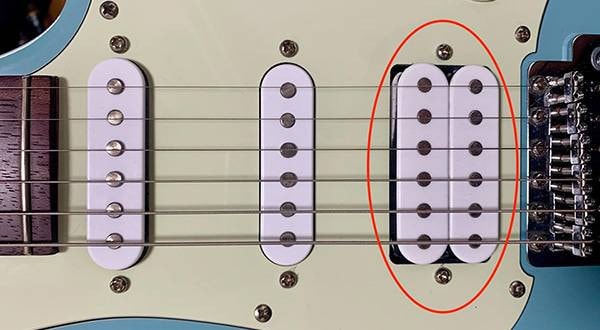
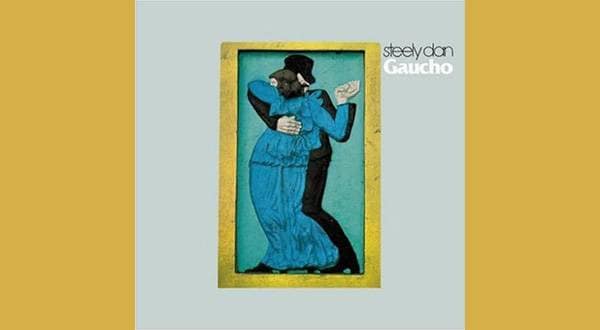
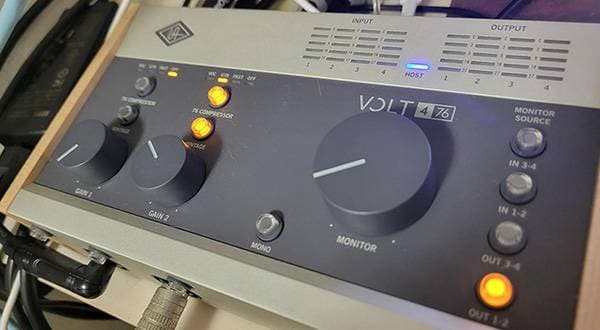
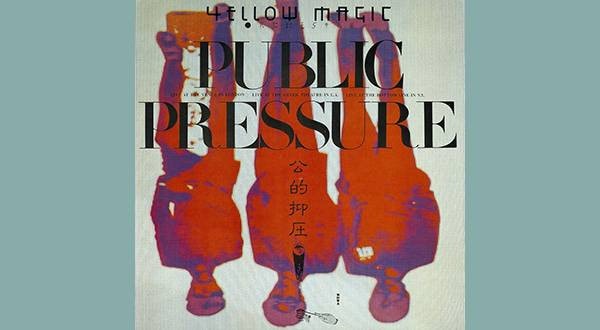
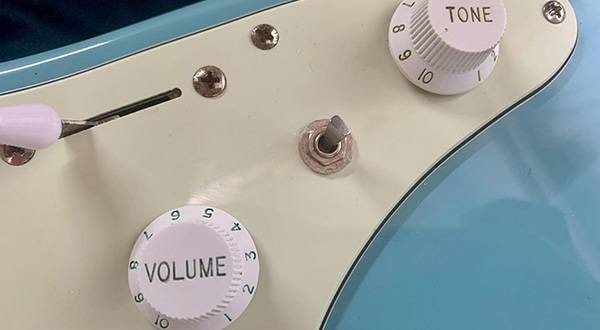


![[2025] 13 Recommended Melodicas!](/contents/uploads/thumbs/2/2023/9/20230925_2_23980_1.jpg)
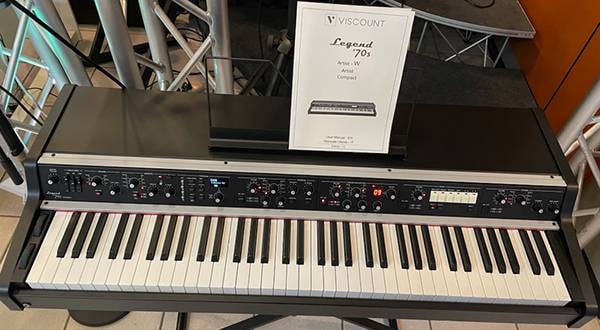
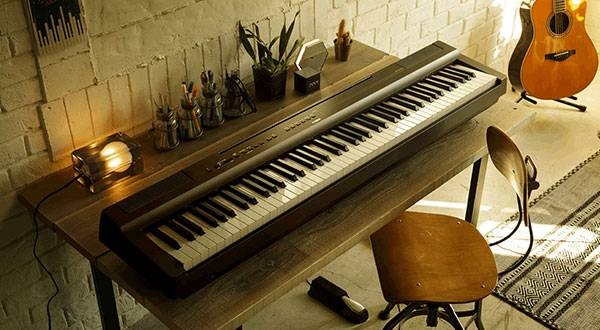
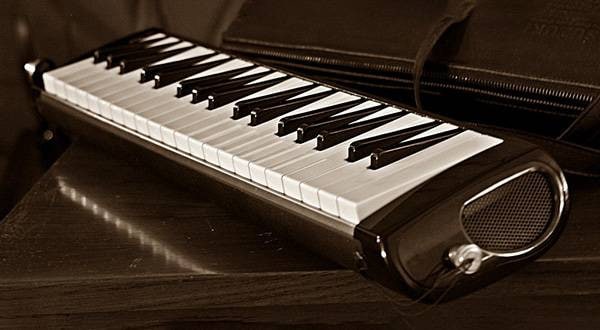
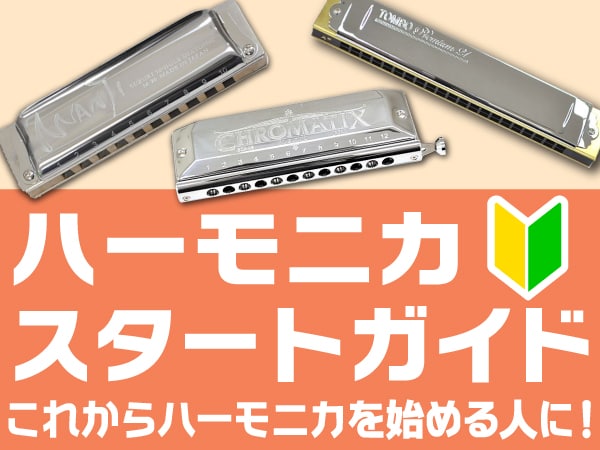 ハーモニカスタートガイド
ハーモニカスタートガイド
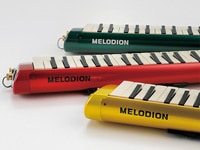 鍵盤ハーモニカ 入門ガイド
鍵盤ハーモニカ 入門ガイド
 ピアノアコースティックピアノ 入門ガイド
ピアノアコースティックピアノ 入門ガイド
 PLAYTECH キーボードセレクター
PLAYTECH キーボードセレクター
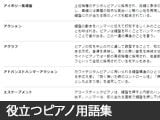 自分にあったピアノを選ぼう!役立つピアノ用語集
自分にあったピアノを選ぼう!役立つピアノ用語集
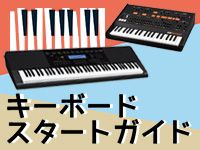 キーボードスタートガイド
キーボードスタートガイド
